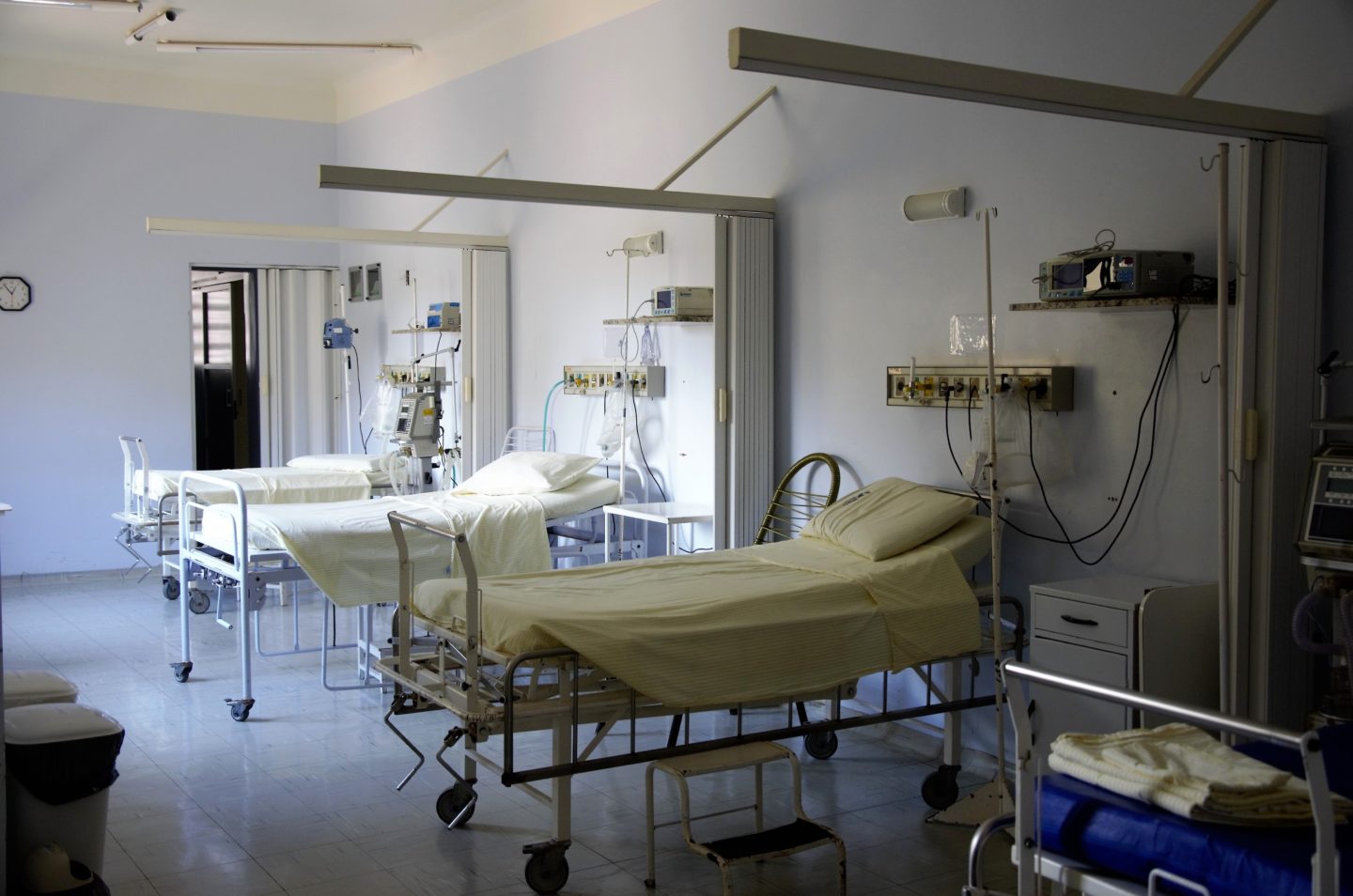Note: Before the launch of the Open Philanthropy Project Blog, this post appeared on the GiveWell Blog. Uses of “we” and “our” in the below post may refer to the Open Philanthropy Project or to GiveWell as an organization. Additional comments may be available at the original post.
We’re hoping to set the Open Philanthropy Project’s initial priorities within scientific research this year. That means being in a place roughly comparable to where we currently are on U.S. policy and global catastrophic risks: having a ranked list of focus areas and goals for hiring and grantmaking.
The process is going to have to look very different. For both U.S. policy and global catastrophic risks, we were able to do a relatively large number of “shallow investigations,” in which we quickly got a sense for the importance, tractability, and crowdedness of a cause. By contrast, it seems to us that investigating even a single cause within scientific research – to the level of understanding we achieved with shallow investigations in other areas – is a major project.
Our neglected goal investigations have been proceeding slowly. We’ve been working with scientific advisors who have limited time available, and it’s taken them significant effort to (a) get up to speed on a given area of research (e.g., R&D targeting tuberculosis control); (b) have initial conversations about the most promising paths within the area; (c) begin thinking about how to assess which of these directions seem most promising. One of our major bottlenecks is scientific advisory capacity, and that’s something we hope to change. But even if we did, we wouldn’t anticipate being able to do a large number of shallow investigations of science causes. Meanwhile, investigating other possible approaches to science – such as breakthrough fundamental science or translational science – seems likely to be even more challenging than investigating neglected goals.
Our working plan for the moment aims to set priorities mostly via very high-level, comparative investigations. Our specific goals are as follows:
1. Create a prioritized list of neglected goals via conversations with unusually broad scientists as well as people in the effective altruist community. I have a draft list currently, based on suggestions I’ve picked up over the years. After getting input from 10-15 people – with a mix of junior and senior, science-focused and effective-altruism-focused – I expect to have a reasonable (though far from complete) sense for what is most worth prioritizing. As an aside, I wouldn’t expect this approach to work very well for U.S. policy, where it’s hard to find people who have a good sense both for politics and for our values. But for identifying neglected goals, I believe I can identify people who combine these qualities.
This investigation will not be specific to life sciences. I hope to speak with people who have broad interests and expertise and can identify potential technologies that would be worth more effort to develop than is currently being put in.
We will do as many cause-specific investigations as we can, prioritizing those that rank at the top of our list, in order to further inform our priorities.
For highly prioritized neglected goals, we may (after this year) move toward forming grant advisory committees and providing direct funding of relevant research, or we may think about other ways to raise the profile of the goals in question. My impression is that providing funding for a thin field can create something of a self-reinforcing dynamic, since research often raises new interesting questions and makes it easier and more desirable for other researchers to work on similar issues; I hope to investigate this impression further (more below).
2. Get a sense for potential systemic issues in fields other than life sciences. While “neglected goals” refers to cases where there isn’t enough investment in a particular social problem, “systemic issues” refers to cases where the system for supporting scientific research seems to be falling short on its own terms. I’ve written at length about two potential examples in life sciences: Translational science and the valley of death, Breakthrough fundamental science. (Some other systemic issues are discussed in Science policy and infrastructure as well as previous posts on reproducibility-related issues and open science.)
If we decided to prioritize addressing systemic issues in a particular field, we’re not sure exactly how we’d do it. We might focus on supporting work that directly proposes, and advocates for, improvements to the system rather than on directly funding research that is undervalued due to systemic issues. But both would be strong possibilities.
My understanding of systemic issues in life sciences is high-level and quite limited, but it is sufficient to have a basic sense for the size and shape of potential improvements, and I feel that I hit diminishing returns on understanding these issues after a relatively contained number of conversations. In addition, I felt that the opinions of junior scientists I spoke to early in the process were fairly predictive of what I heard from more prominent scientists later in the process.
We’ve set a goal of coming to a similar level of understanding of systemic issues in fields other than life sciences. Doing so will be a highly informal process, following referrals from contacts I believe understand both science and our values well.
3. Build scientific advisory capacity. We’ve found strong scientific advisors, but their time availability is limited. We’re hoping to find people who can work for us on closer to a full-time basis (ideally full-time). In the short run, such people would help us investigate potential neglected goals. In the long run, they might help us build further capacity after we set our priorities – finding the appropriate hires, constructing the relevant advisory boards, and otherwise finding the best contacts for executing on the science-related objectives we choose.
At this time, we believe our ideal candidate would: (a) have a strong background in life sciences or another scientific area of interest; (b) be available for full-time work; (c) be a generalist, willing and able to put significant effort into networking and recruiting as well as investigation. We are currently informally seeking such people, and may soon develop a job posting and a more formal process.
4. Other projects. We hope to complete a few other cross-cutting projects this year:
- Investigating the question of “differential technological development”: the question of whether it’s desirable to develop some scientific and technological innovations sooner than others, in light of the fact that many of the most dangerous global catastrophic risks seem to hinge on the develop of new technologies (and may be mitigated by the development of other technologies).
- Compiling a rough list of major historical breakthroughs in life sciences. We would then investigate the origins of some such breakthroughs, trying to get more basic context on the roles of different kinds of research – and different kinds of funding – in past breakthroughs.
- Investigating historical cases where a funder took up a “neglected goal” that was getting little attention, and tried to bring it more attention from scientists. This would inform our likely paths forward on top-priority neglected goals.

